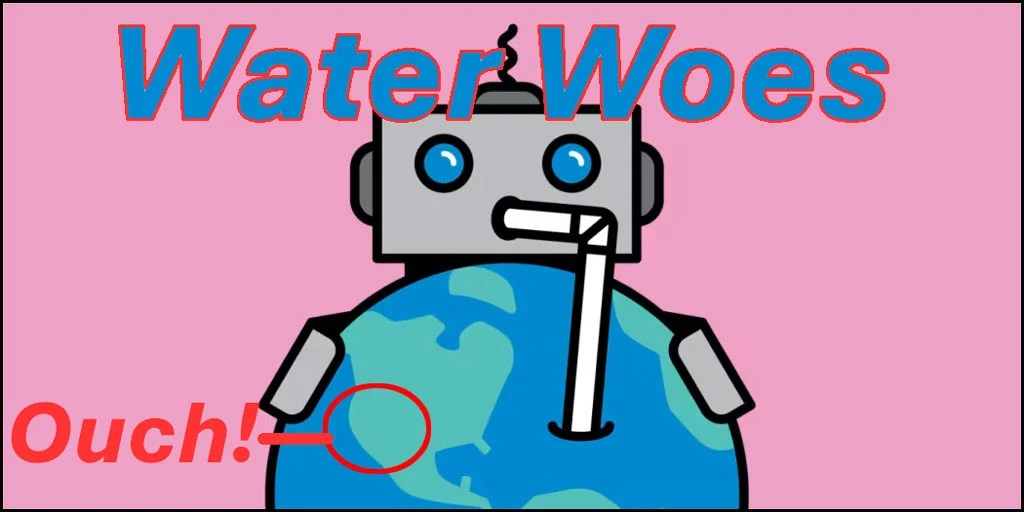From ClimateREALISM
Guest Post by Kenneth Schrupp
Editor’s Note: California has long been the poster child for bad energy policy. Its policy and regulatory responses to climate change have contributed to energy prices there being higher than in any state outside of Hawaii, and power shortfalls and blackouts in California have become a regular feature of life there each summer. As the state encourages people to buy electric vehicles (EV) and appliances, indeed mandating such purchases in the near future, it has been regularly forced to ask EV owners not to charge their vehicles at certain times to keep the lights on. The guest post below shows that Heartland is not the only organization who recognizes California’s untenable power supply situation.
In a recent study, The Heartland Institute detailed problems utilities face, some of which they have created for themselves, in the push to adopt net zero emission goals. California is a harbinger of things to come if utilities continue to place fighting climate change ahead of providing dispatchable, reliable, affordable power. California’s utilities don’t have that choice with their power supply decisions being driven by the progressive state legislature and regulatory agencies. The rest of the nation need not be California, however.
(The Center Square) – An international regulatory authority issued a warning that California’s energy grid is at risk of energy shortfalls in 2029, noting increased electrification of buildings and transportation is driving high energy demand growth as reliable, baseline power from natural gas is replaced with less reliable solar energy.
“Demand growth and planned generator retirements cause energy adequacy risks to re-emerge in future years,” wrote the North American Electric Reliability Corporation, a federally designated international power grid regulator, in its latest grid reliability report. “With a resource portfolio that includes a substantial amount of solar [panels], the risk of supply shortfall is associated with summer evening periods when demand is high and solar output is diminished.”
The NERC report noted that even though the grid covering most of California, and parts of Nevada and Baja Mexico, has new energy coming online from solar and batteries, the retirement of natural gas power that can run any time of day, regardless of weather, could cause shortfalls.
“The analysis assumes forecasted demand growth of 3.5 GW, substantial resource additions (4.6 GW of solar PV, 7.6 GW in batteries, and 0.8 GW of natural-gas fired generation imported from repowered coal units in Utah), and the retirement of over 3 GW of gas-fired generation,” continued NERC. “As demand grows and the resource mix becomes increasingly variable, periods of supply shortfalls can emerge.”
The report says that the area will not have enough reserve capacity over the reference margin level — the amount of excess power generation available above peak demand to ensure reliable operations — after 2034 unless new planned resources are added. It also says that if new resources do not come online on time, that in 2029 the region will need to import more energy from elsewhere, which could be a problem if other regions are also having growing pains from transitioning to intermittent energy.
“The peak hour for total internal demand is expected to grow from about 56.4 GW in 2024 to 69.1 GW in 2034, a 22.5% load growth over the forecast horizon,” wrote NERC. “Transportation and building electrification are the primary drivers of demand growth.”
The report says California is most likely to face grid problems annually in September between the hours of 5:00 and 8:00 PM, when the sun isn’t providing as much energy but demand is still high.
According to a Berkeley study, California must spend $20 billion upgrading its transmission system to be able to deliver power to electric vehicles, a figure that does not include further upgrades from building electrification; in 2026, most new residential parking spaces will need to have EV chargers, and in 2035, all new vehicles in the state must be zero-emission.
Starting in 2035, all new vehicles in the state must be zero-emission. Starting in 2026, most new residential parking spaces will need to have EV chargers.
One major round of grid upgrades will come from a $15 billion Department of Energy loan to Pacific Gas and Electric — which serves 19 million Californians, or about half the state’s population — for transmission, battery storage, and hydropower upgrades. According to the California Public Utilities Commission, which oversees the state’s utilities, PGE has raised energy prices by 127% between January 2014 and 2024.
With PGE rates now at 40 cents per kilowatt hour, they will soon hit the 50 cent per kilowatt hour break-even point when it costs more to drive a Tesla Model 3 with electrons than it does to drive a Toyota Camry with gasoline.Originally posted at The Center Square, reposted with permission.
Related
Discover more from Watts Up With That?
Subscribe to get the latest posts sent to your email.










Leave a Comment